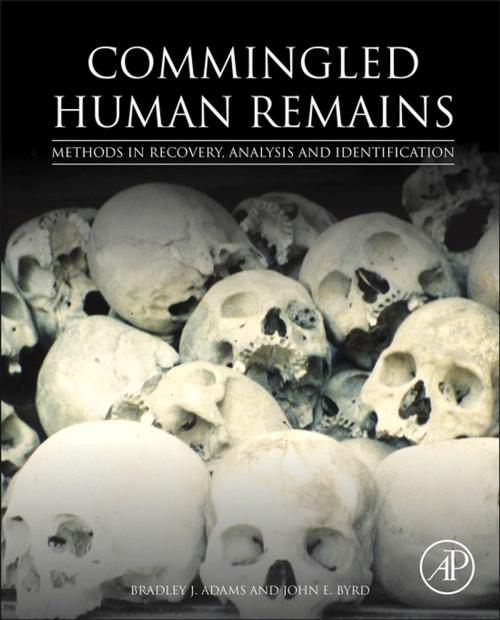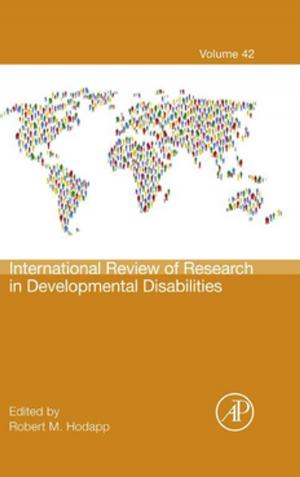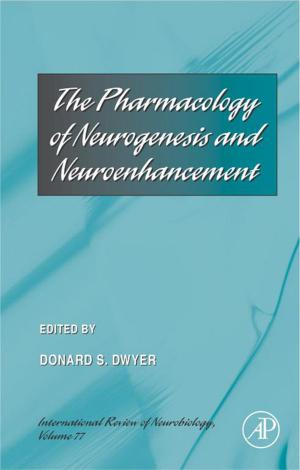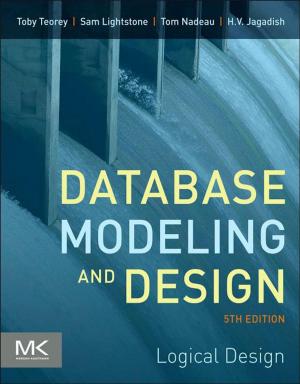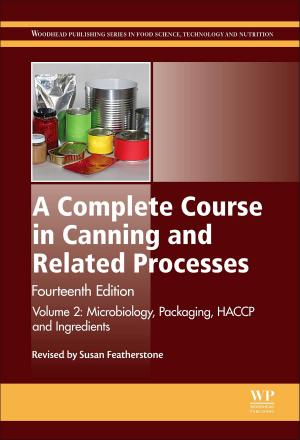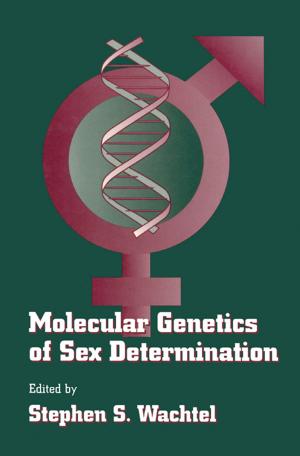Commingled Human Remains
Methods in Recovery, Analysis, and Identification
Nonfiction, Reference & Language, Law, Forensic Science, Social & Cultural Studies, Social Science, Crimes & Criminals, Criminology| Author: | Bradley Adams, John Byrd | ISBN: | 9780124059184 |
| Publisher: | Elsevier Science | Publication: | June 4, 2014 |
| Imprint: | Academic Press | Language: | English |
| Author: | Bradley Adams, John Byrd |
| ISBN: | 9780124059184 |
| Publisher: | Elsevier Science |
| Publication: | June 4, 2014 |
| Imprint: | Academic Press |
| Language: | English |
Commingled human remains are encountered in situations ranging from prehistoric ossuaries to recent mass fatality incidents. Commingled Human Remains: Methods in Recovery, Analysis, and Identification brings together tools from diverse sources within the forensic science community to offer a set of comprehensive approaches to resolving issues associated with commingled remains. This edition focuses on forensic situations, although some examples from prehistoric contexts are also addressed. Commingling of bones and other body parts is a major obstacle to individual identification that must be addressed before other forensic determinations or research can proceed. Regardless of the cause for the commingling (transportation disaster, terrorist attack, natural disaster, genocide, etc.) it is critical that the proper experts are involved and that the proper techniques are employed to achieve the greatest success in making identifications. Resolution of commingling nearly always requires consideration of multiple lines of evidence that cross the disciplinary lines of modern forensic science. The use of archaeology, DNA, and forensic anthropology are several areas that are critical in this process and these are core topics presented in this book. Even a relatively “simple mass fatality event can become very complicated once body fragmentation and commingling occur. Expectations associated with all phases of the process from recovery of remains to their final identification and release to next of kin must be managed appropriately.
- A powerful resource for those working in the forensic sciences who need to plan for and/or address the complex challenges associated with commingled and fragmentary human remains
- Written by an international group of the foremost forensic scientists presenting their research and candid experiences of dealing with commingled human remains, offering recommendations and providing "lessons learned" which can be invaluable to others who find themselves facing similar challenges
- Contains chapters on remains recovery, laboratory analysis, case studies, and broader topics such as mass fatality management and ethical considerations
Commingled human remains are encountered in situations ranging from prehistoric ossuaries to recent mass fatality incidents. Commingled Human Remains: Methods in Recovery, Analysis, and Identification brings together tools from diverse sources within the forensic science community to offer a set of comprehensive approaches to resolving issues associated with commingled remains. This edition focuses on forensic situations, although some examples from prehistoric contexts are also addressed. Commingling of bones and other body parts is a major obstacle to individual identification that must be addressed before other forensic determinations or research can proceed. Regardless of the cause for the commingling (transportation disaster, terrorist attack, natural disaster, genocide, etc.) it is critical that the proper experts are involved and that the proper techniques are employed to achieve the greatest success in making identifications. Resolution of commingling nearly always requires consideration of multiple lines of evidence that cross the disciplinary lines of modern forensic science. The use of archaeology, DNA, and forensic anthropology are several areas that are critical in this process and these are core topics presented in this book. Even a relatively “simple mass fatality event can become very complicated once body fragmentation and commingling occur. Expectations associated with all phases of the process from recovery of remains to their final identification and release to next of kin must be managed appropriately.
- A powerful resource for those working in the forensic sciences who need to plan for and/or address the complex challenges associated with commingled and fragmentary human remains
- Written by an international group of the foremost forensic scientists presenting their research and candid experiences of dealing with commingled human remains, offering recommendations and providing "lessons learned" which can be invaluable to others who find themselves facing similar challenges
- Contains chapters on remains recovery, laboratory analysis, case studies, and broader topics such as mass fatality management and ethical considerations
